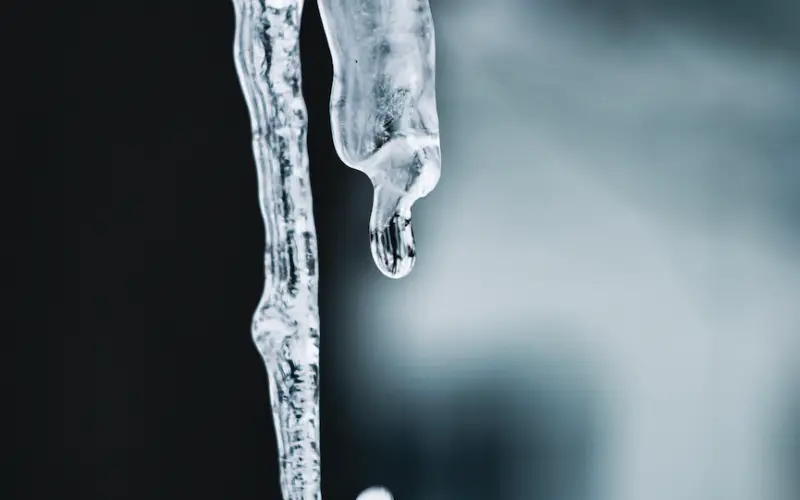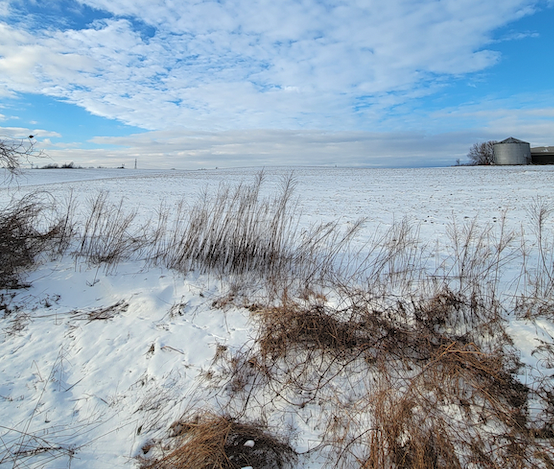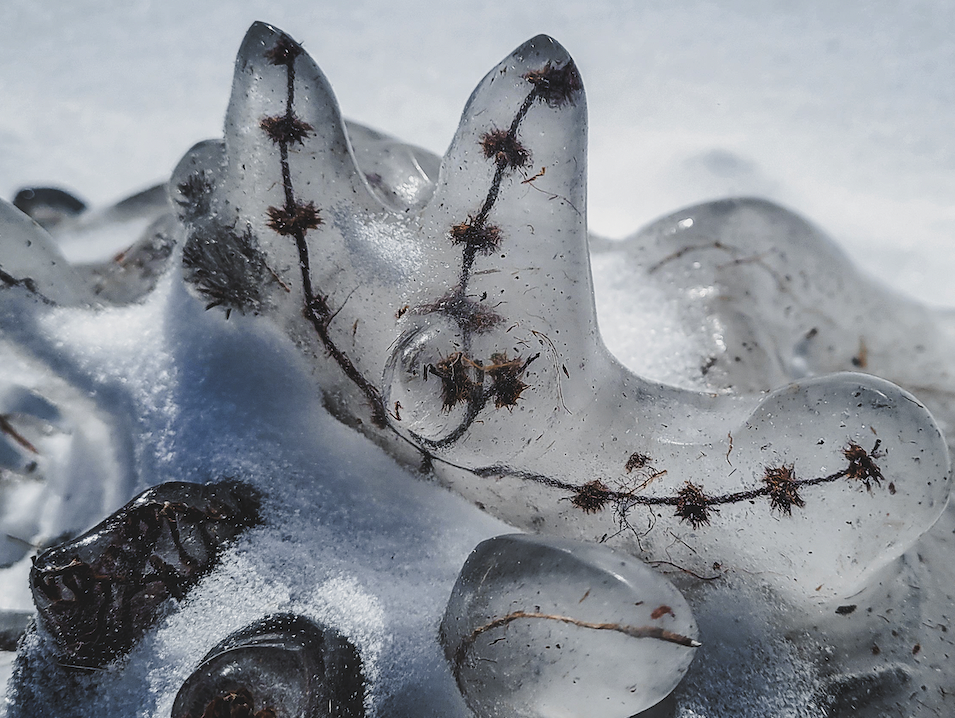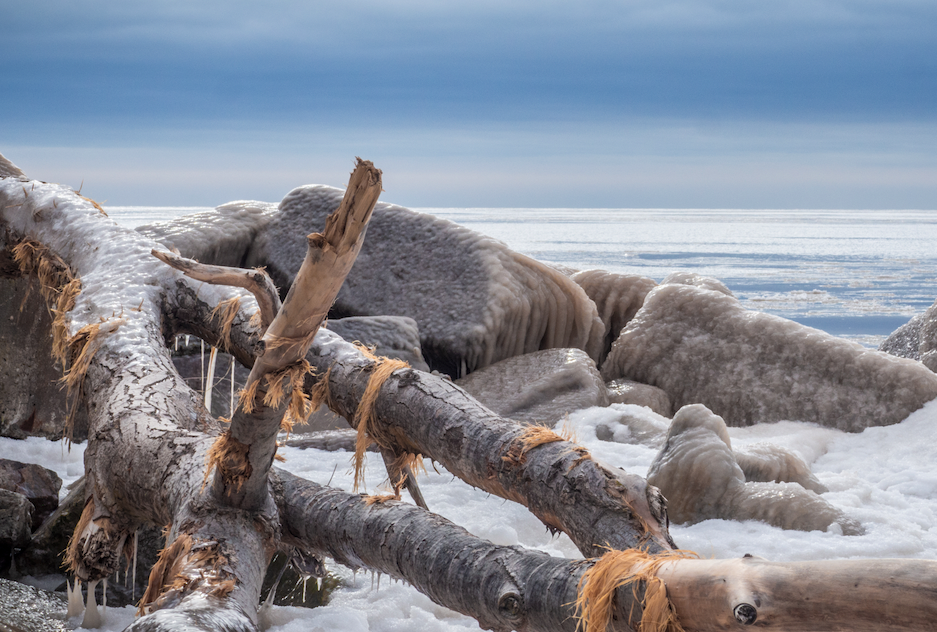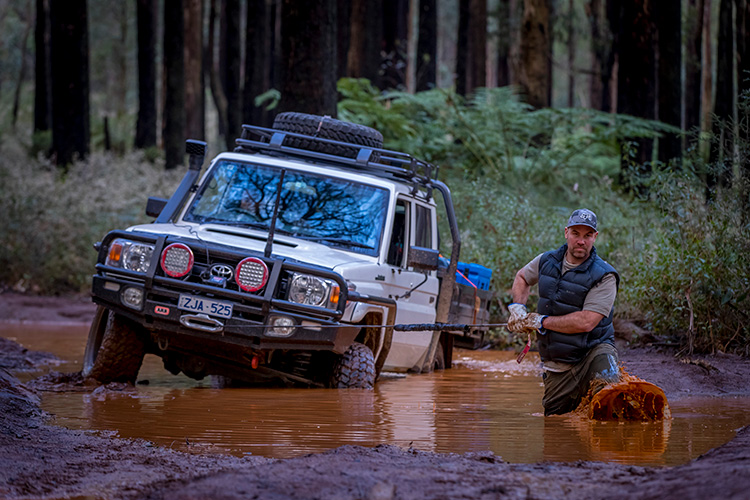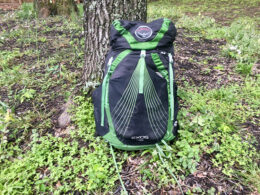Winter camping can be a serene and exhilarating experience, offering a unique perspective on nature’s quiet beauty. However, it comes with its own set of challenges, particularly in protecting your gear and yourself from the cold.
As a winter camping expert, I’m here to guide you through the essentials of keeping your camping gear safe and functional even when the temperature drops. In this article, you’ll learn about the best strategies to enjoy the great outdoors without letting the cold dampen your spirit or your equipment.
Table of Contents
The Challenges of Winter Camping
Winter brings unique challenges (I call them adventures) that distinguish it from camping in milder seasons. The plummeting temperatures are more than just a physical discomfort to you—they can compromise the integrity of your camping equipment.
Cold weather makes materials more brittle, leading to increased susceptibility to breakage. Tents might tear as the fabric loses flexibility, buckles can snap, and batteries often drain quickly.
Snow and ice accumulation on gear adds extra weight and moisture when melted. Persistent moisture in itself can cause a range of issues from reduced insulation to zippers freezing shut.
There is a light at the end of the tunnel though.
Investing in high-quality gear that is designed to withstand the rigors of cold weather camping is very important, in my opinion. Look for products made from materials that retain their flexibility in cold temperatures and provide proper insulation, even when wet.
My approach to this is to eliminate any thoughts or notions of brand. By all means, check them out, but focus your search on the fabric/material specifications, build quality, and honest reviews. Robust gear may carry a higher upfront cost but can save you from the potential hazards and inconveniences of equipment failure.
Cold Temps and Metal: A Tricky Relationship
Most people tend to stick with metal in the winter. This can be in the form of tent stakes, tent poles, and other important winter gear. While it is considered stronger than plastic in cold temperatures, it does have its limits.
For example, metals tend to contract and become more brittle in frigid conditions, which can cause the following issues:
- Steel: Often used in camping gear, steel can rust when exposed to moisture and then experience repeated freezing and thawing. Although it remains relatively strong in cold weather, its weight can be a disadvantage.
- Aluminum: Lightweight and commonly found in pack frames and cookware, aluminum doesn’t rust like steel, but it can become very cold to the touch and may deform under high stress, especially in colder temperatures.
- Titanium: Favored for its strength-to-weight ratio and corrosion resistance, titanium performs well in cold conditions, but it’s often more expensive.
To minimize the impact of cold weather on metal equipment, here are some useful tips to consider:
- Make sure to lubricate all moving parts to prevent them from seizing up. This will help maintain their functionality and prevent damage caused by freezing temperatures.
- After using metal gear in cold conditions, it is crucial to thoroughly dry them to prevent the formation of rust or corrosion. Moisture can accelerate the deterioration of metal, so proper drying is essential for preserving the equipment’s longevity.
- When storing metal gear during cold weather, it is advisable to find a place where temperature fluctuations are minimal. Extreme temperature changes can cause stress on metal, leading to expansion and contraction that could potentially weaken the equipment over time.
You may also want to consider using gear sleeves or covers to provide insulation for metal parts. These accessories can help shield them from the extreme cold and further protect them from potential damage.
Batteries and Cold Temperatures
When temperatures drop, batteries can struggle to perform. The chemistry within batteries relies on a delicate balance; cold temperatures slow down the chemical reactions that provide power, leading to reduced efficiency and capacity.
This is similar to how a cold morning might leave you feeling sluggish—batteries, too, have trouble ‘waking up’ in the cold. In extreme cases, this could mean your flashlight dies just when you need it most or your GPS won’t start on a chilly backcountry morning.
Choosing the right batteries for winter outings is crucial:
- Lithium batteries are your best bet, as they perform exceptionally well in cold weather, maintaining their charge better than alkaline or NiMH batteries.
- For rechargeable options, Nickel Metal Hydride (NiMH) batteries have a decent cold-temperature performance and can be a more cost-effective and environmentally friendly option compared to disposable lithium batteries.
To maintain battery life in cold conditions consider the following tips:
- Store batteries in a pocket close to your body to keep them warm.
- Keep spare batteries insulated by wrapping them in a cloth or sock.
- If using a headlamp or flashlight, switch it off occasionally to allow the battery to ‘warm up’ and regain some of its charge.
- Always bring more batteries than you think you’ll need, just in case they drain faster in the cold.
Ice, Water, and Mold: The Unseen Threats
Ice that accumulates on camping equipment can melt during transportation, leaving your gear damp. This moisture creates an ideal environment for mold and mildew to thrive, which can break down fabrics and create unpleasant odors.
To prevent mold growth, it’s important to thoroughly dry all equipment before storing it. If possible, set up the tent and other gear to air out once you’re back home. Be proactive in checking for condensation or frost accumulation on gear surfaces throughout your trip as well.
For cleaning and storage, make certain your gear is completely dry. I have lost many sleeping pads because I procrastinated on properly drying out my gear.
Store equipment in a dry, well-ventilated area to discourage any mold from taking root. They should not be rolled or bundled up because then air won’t get to them. Most people use a basement, and I prefer the furnace room myself since it is usually drier in there.
Fuels and Cold Weather
When winter camping, the type of fuel you choose is crucial, as cold weather can affect its performance. Propane, butane, and isobutane are common choices, though butane and isobutane can still have performance dips in freezing conditions. Propane works well in the cold but is typically heavier, making isobutane-propane blends the preferred and more efficient option in chilly environments.
To ensure your fuel canisters function effectively, keeping them warm is key. You can warm them by placing the canister in your sleeping bag at night or tucking it close to your body for a while before use.
In terms of storage, I recommend that you keep fuel canisters insulated and off the cold ground. During usage, place them on a flat stone or piece of wood. Always check your fuel levels before leaving on your trip; cold weather often increases fuel consumption, so pack extra just in case.
Also ventilate your cooking area well to prevent carbon monoxide build-up, as enclosed spaces create a risk when using fuel-burning appliances. Carbon monoxide detectors are inexpensive and effective tools, even if you’re just using a wood stove.
My Final Thoughts
In my experience living outside during the winter, I’ve learned that camping gear maintenance is essential for its performance and longevity. Dry storage and vetting fuel efficacy in the cold are pivotal.
Carry extra fuel, keep canisters insulated, and prioritize ventilation to avert carbon monoxide hazards. Meticulous care ensures that your equipment is ready to support your next winter adventure, allowing for a more enjoyable and secure experience.

